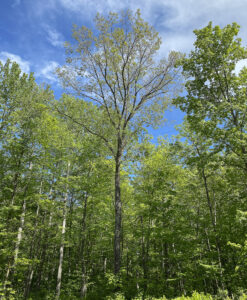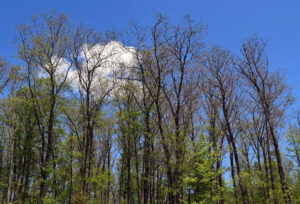By Art Kabelowsky, DNR Outreach and Communications, Fitchburg;
Arthur.Kabelowsky@wisconsin.gov; 608-335-0167
Over the night of July 19-20, 2019, Mother Nature carved a massive swath of destruction through northern Wisconsin.
Today, after years of hard work cleaning up after the massive derecho windstorm of ’19, local foresters, work crews and landowners have only begun to understand the breadth and depth of the damage as they process the lessons learned.
In many areas, the recovery work remains incomplete. Some of that forest damage will never receive direct attention.
Continue reading “Five Years Later, Effects Of Derecho Remain”



